FotoFirst — See China’s Brand-New, Empty Cities Waiting to Be Populated
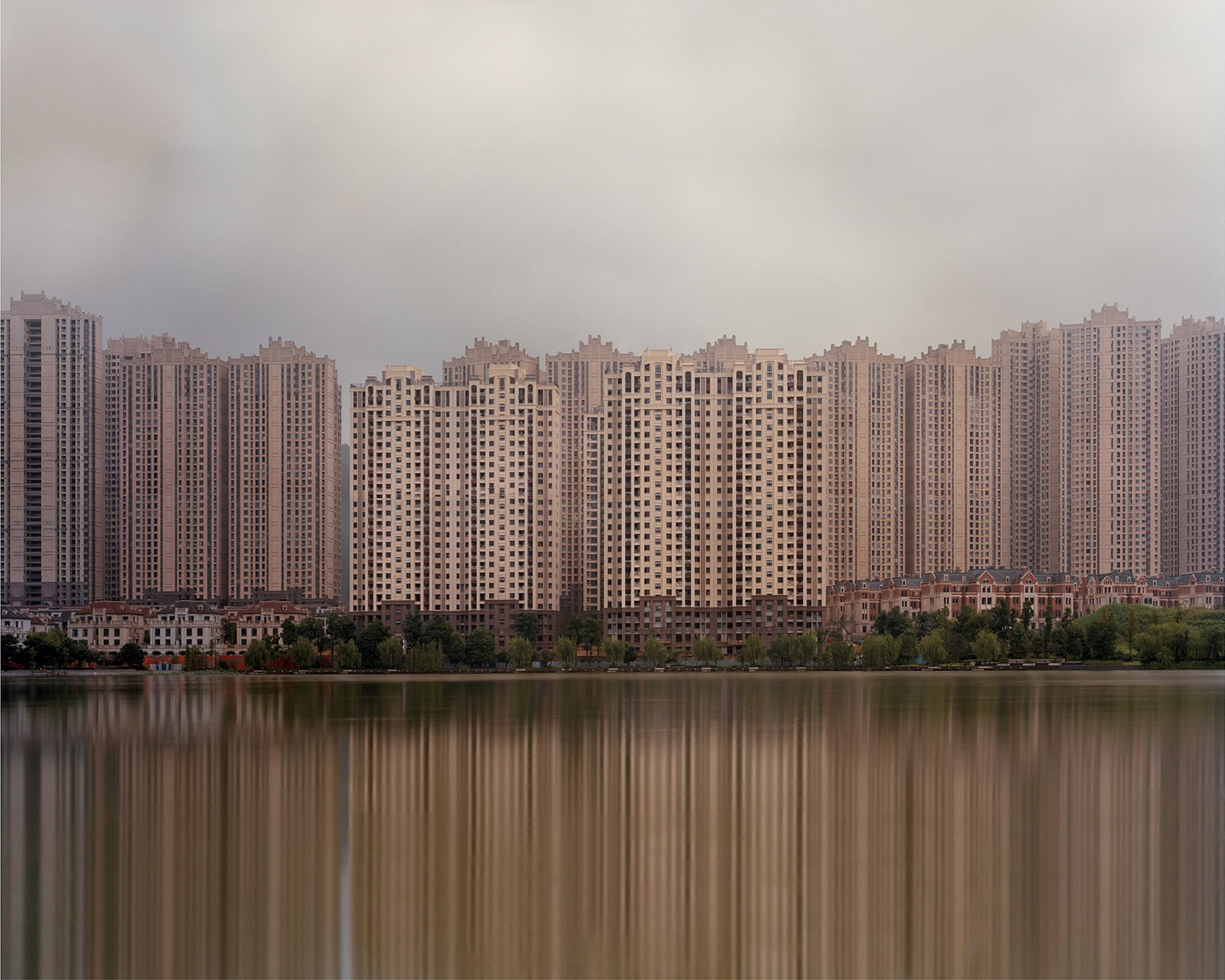
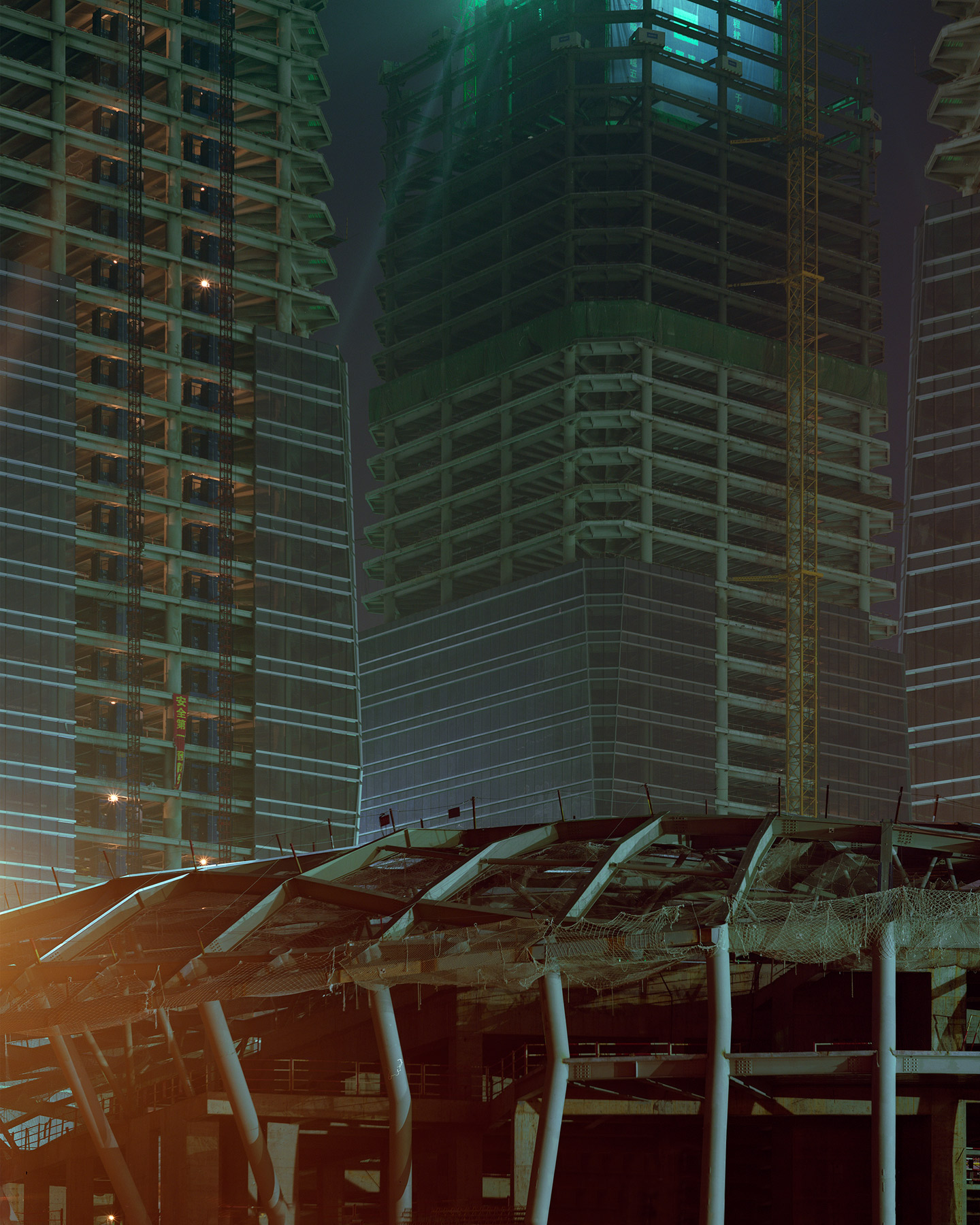
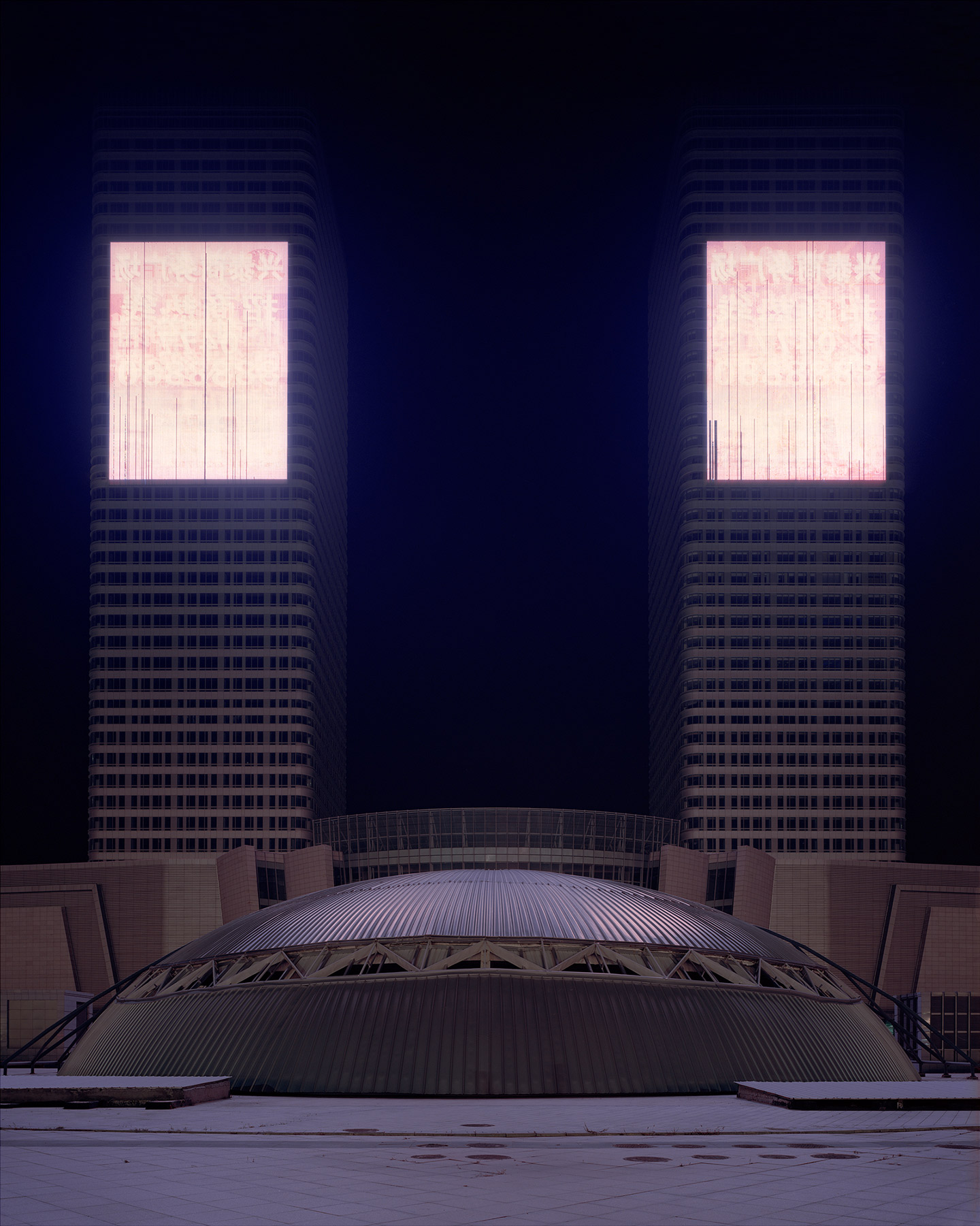

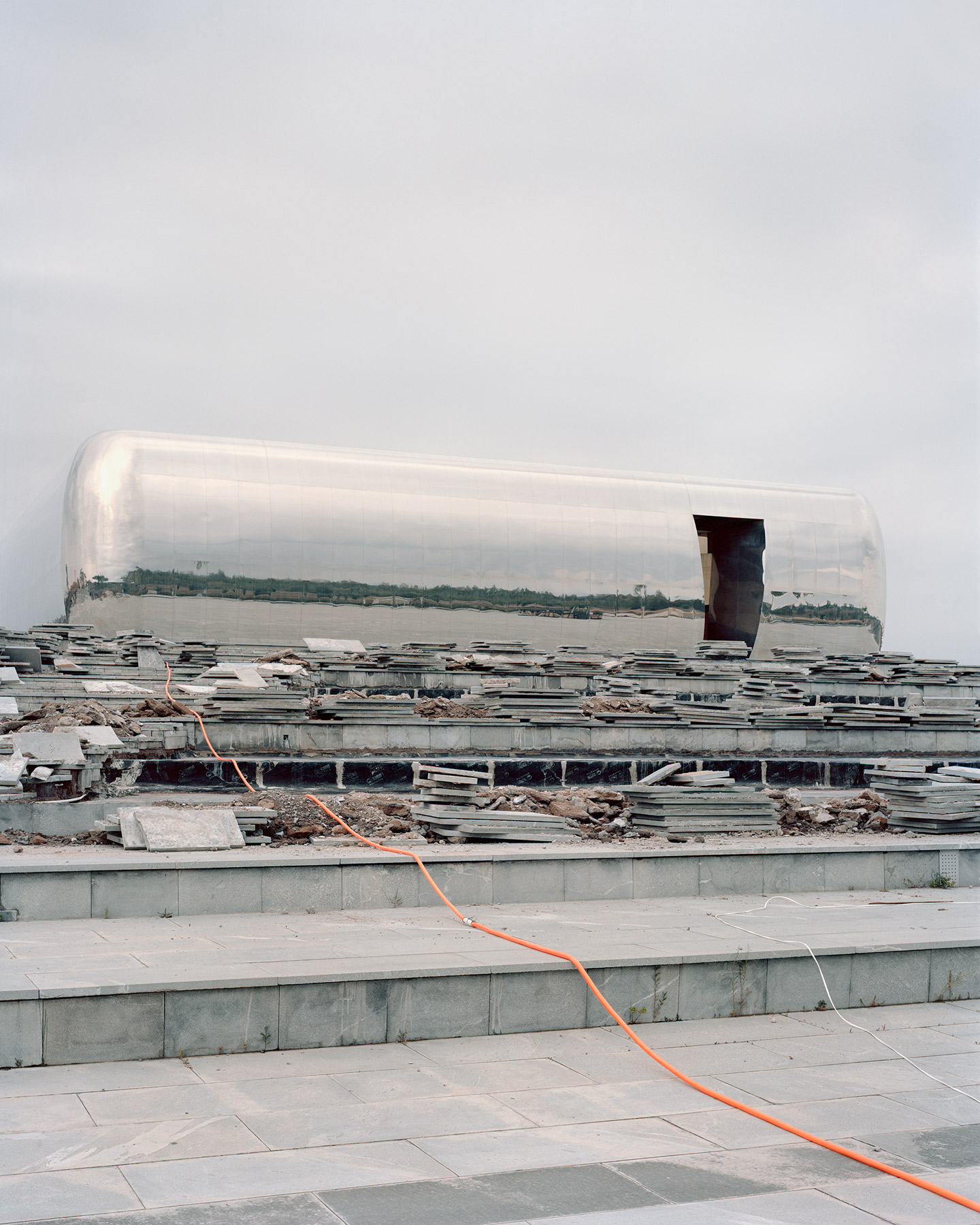
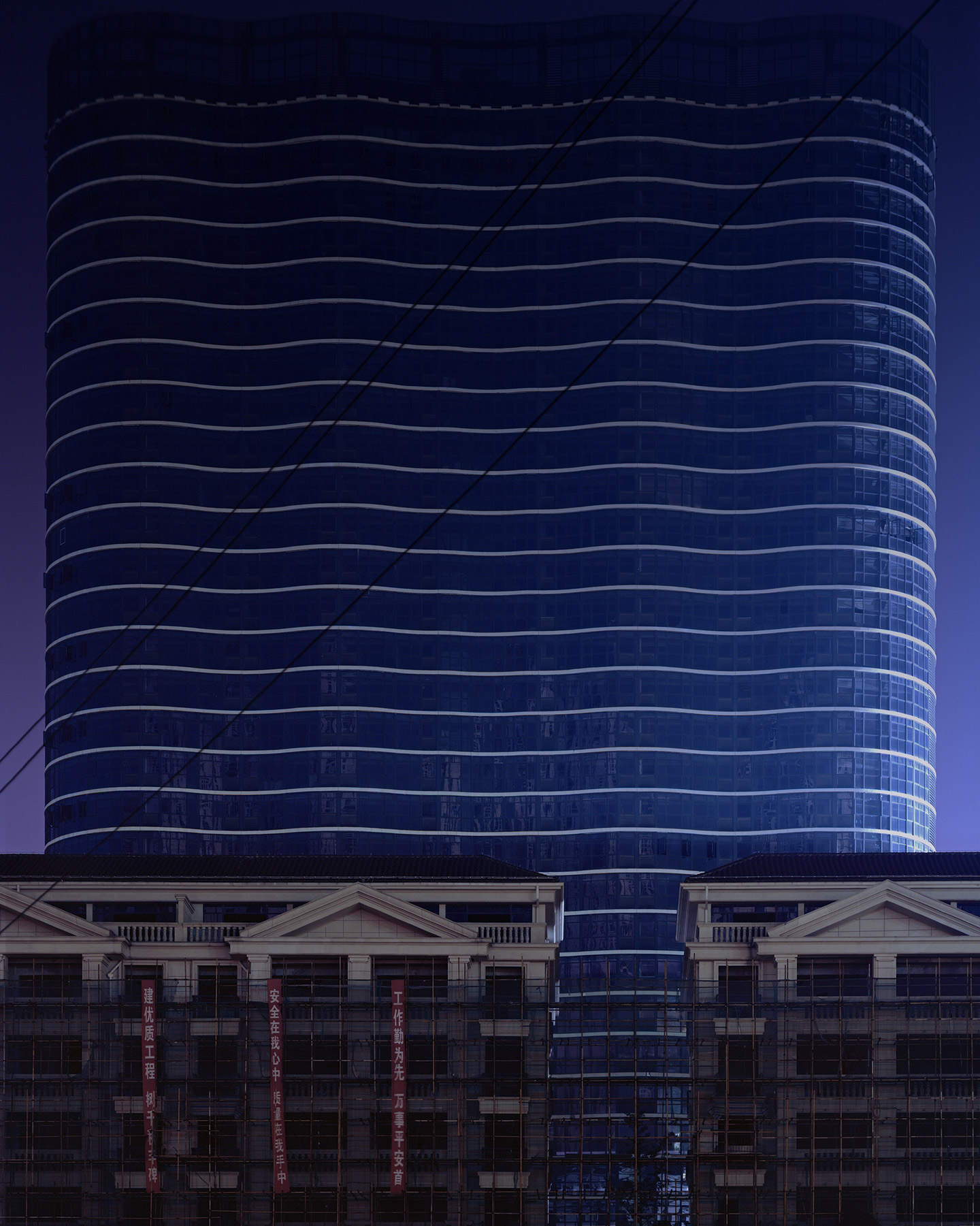
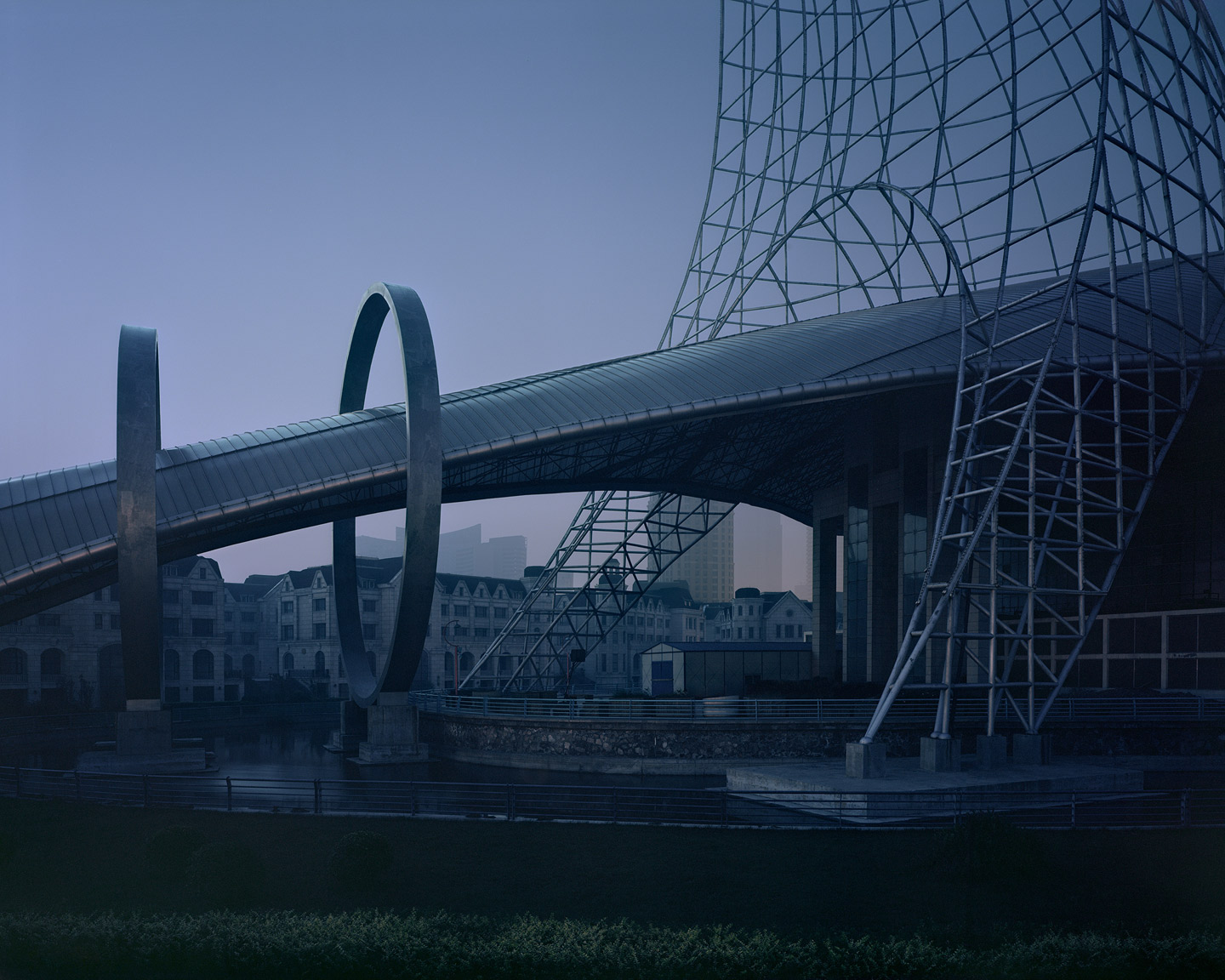
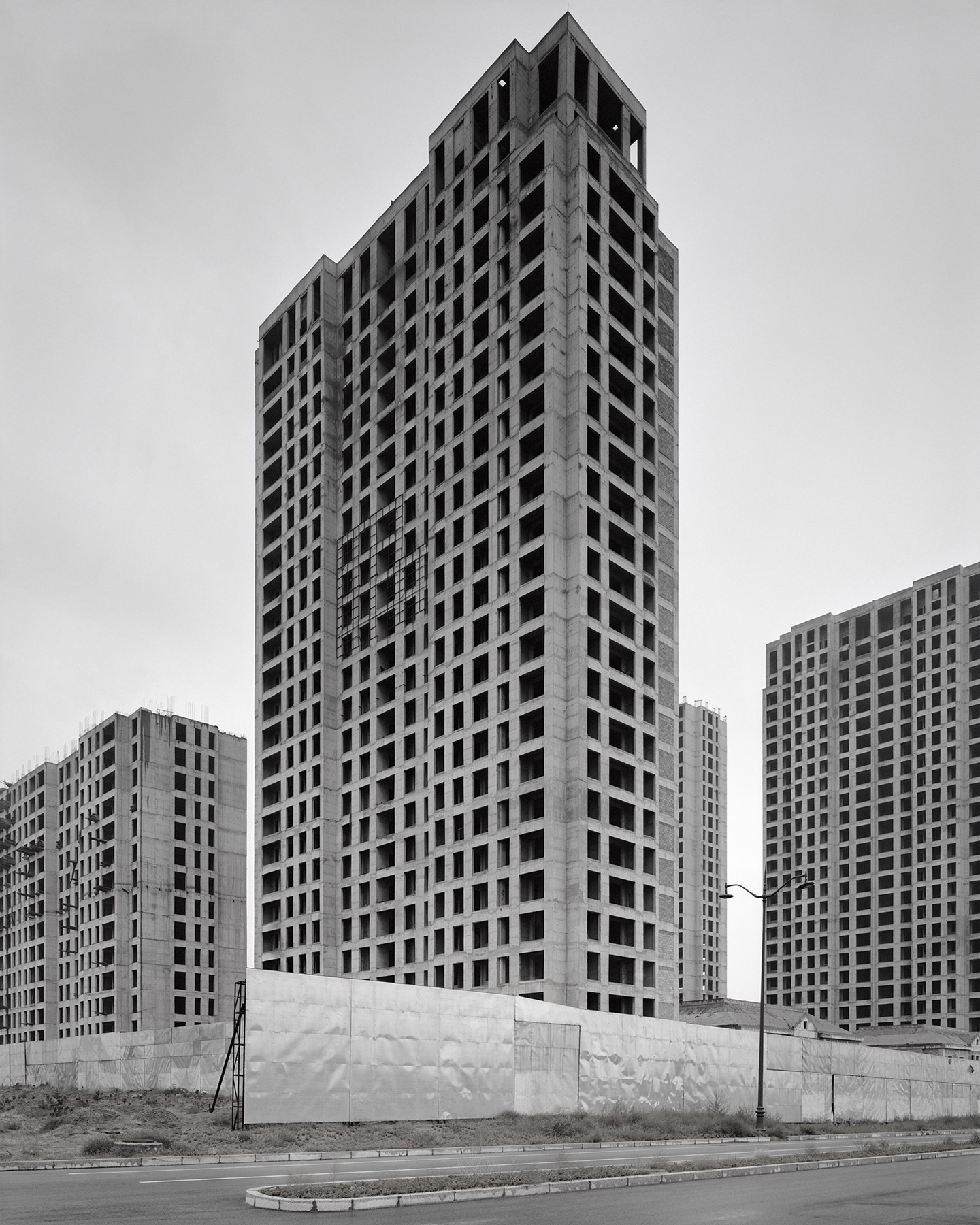
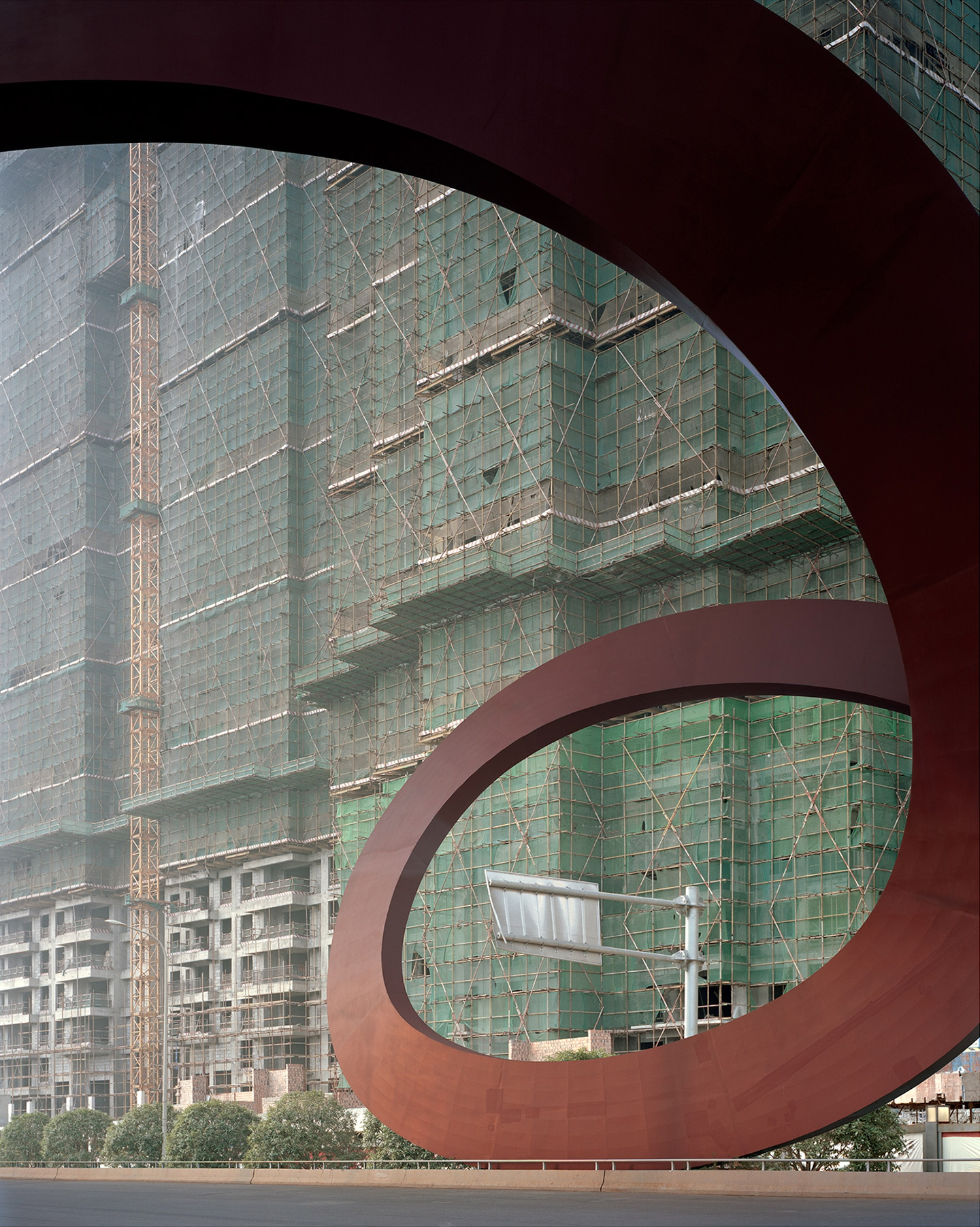
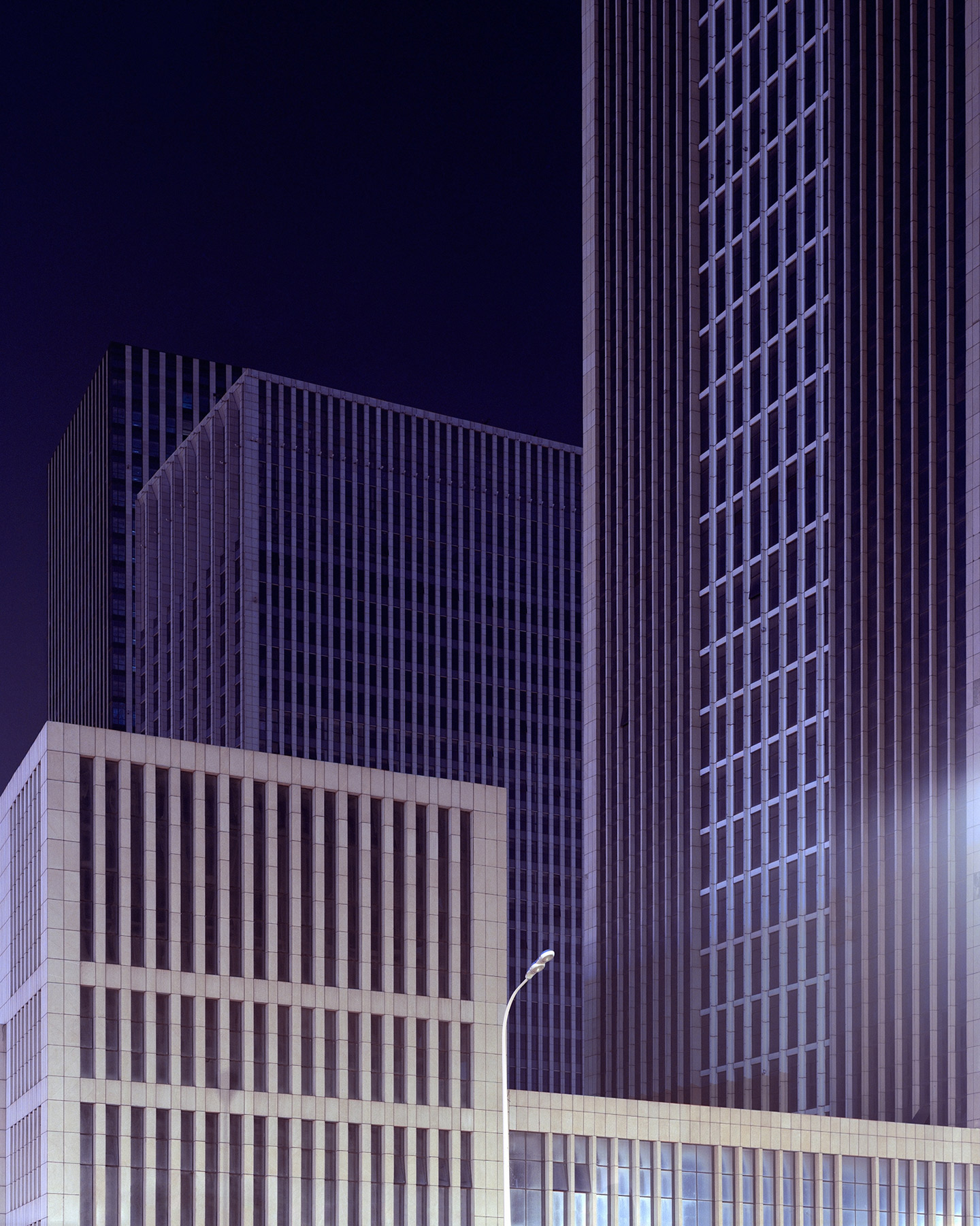
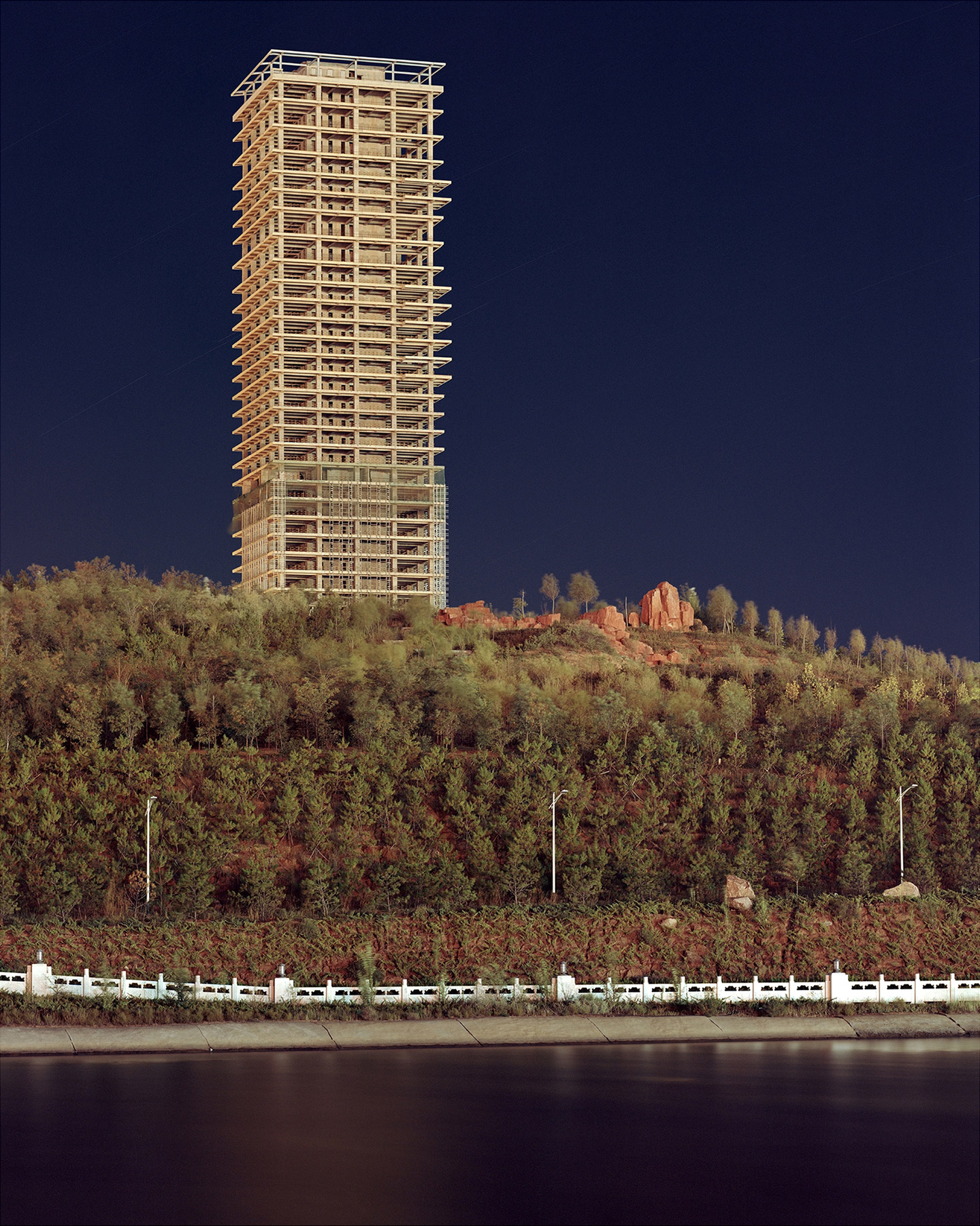

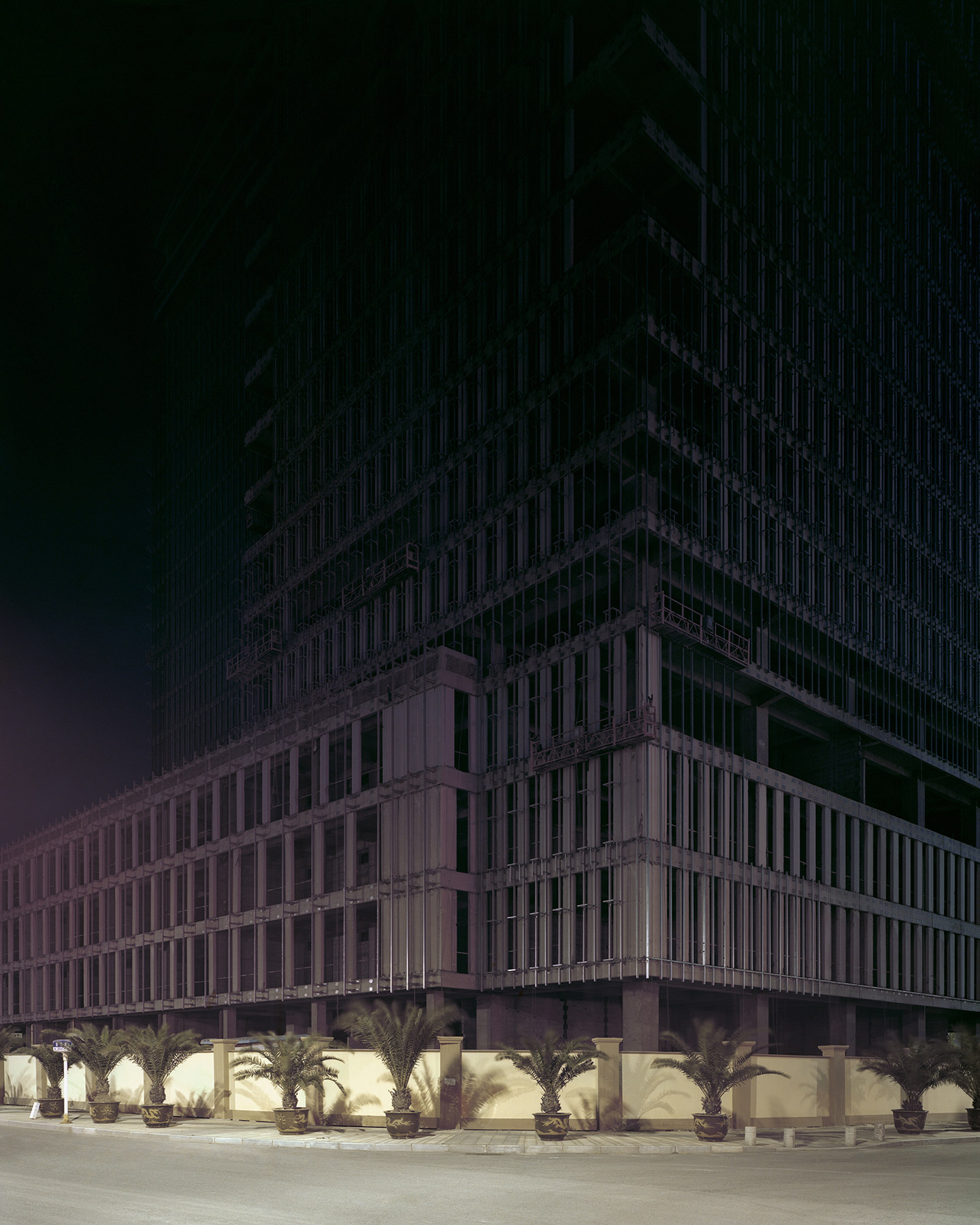
28 year-old American photographer Kai Caemmerer shares some background to his stunning and somewhat unsettling photographs of what he calls Unborn Cities: the large, brand-new cities of China, constructed to respond to the country’s massive wave of urbanization. The cities you see in these photographs are uninhabited: they get built entirely from scratch and populated only after completion.
Ciao Kai, thank you for this interview. What are your main interests as a photographer?
I’m interested in cities, architecture, and the growth of urban space. More specifically, I’m interested in the intersection between photography and this type of landscape – how photographs can decipher or distill even the most complex landscapes, or how they can transform mundane and simplistic scenes into something complex and provoking.

What is Unborn Cities about in particular?
Unborn Cities is an on-going body of work that explores the architectural structures and physical growth of new cities located in inner-mainland China. Unlike many Western cities that begin as small developments and grow in accordance to the local industries, gathering community and history as they age, these areas are built to the point of near completion before introducing people. Because of this, there is an interim period between the final phases of development and when the areas become noticeably populated, during which many of the buildings stand empty. The work revolves around a certain sense of displacement that seems to be a product of this interim period.






What inspired Unborn Cities, and what message are you trying to communicate with these images?
I was originally inspired by some of the (almost sensationalist) reports and articles that I had read about the new “ghost cities” of China. I found the notion of a contemporary ghost town to be appealing in a sort of unsettling way. Digging a little bit deeper, it became fairly clear that many of these “ghost cities” were not at all abandoned or defunct, as they had been depicted, but rather just very new.
For me, there isn’t a singular message embedded in the images. I’m not particularly interested in trying to create illustrative images. Rather, I’m interested in using the camera to explore and investigate the landscape. Many of these new cities are not expected to be complete or vibrant until 15-20 years after they begin construction. They are built for the distant future, and at present, we can only speculate on what form they will haven taken when they reach this point in time. Because of this, I find it appropriate, if not ideal, to make images that lack context and ask more questions than they provide answers to.
Can you describe your approach to making the Unborn Cities pictures? How are you treating the constructions in the photographs?
Once I had begun visiting these places, I decided to create images that felt slightly uncanny or unreal. I make most of the images either 15 minutes before sunrise or 15 minutes after sunset because there are no shadows and I can make much longer exposures with slow film.
I’m interested in what happens to the urban landscape when those who it was built for are not present, and more specifically, what can be revealed by the architecture and zones of construction when they appear vacant. With the work I have made in the USA prior to the Unborn Cities project, I tried to achieve this by keeping out of the frame signage, people, text – almost anything that would indicate a specific time period or certain geographical location. With Unborn Cities, the effect is reached by visiting places that have not yet had a chance to accrue much history or accumulate the type of visual context that I sidestep in my other work. What results is less of a document and more of a reflection on how the built environment seems at present, and how it might progress in the future.
Did you have any specific references or sources of inspiration in mind while working on Unborn Cities?
Yes and no. Much of the work, for me, is about the impression of the place. So I am weary of trying to plan too far in advance, or by using reference images. But at the same time, that impression is undoubtedly influenced by the images I absorb on a daily basis. I read a lot of photobooks, and I enjoy looking at architectural renderings and ideation drawings.





How did your interest in photographing architecture arise?
You can learn a lot about a place from looking at its architecture – buildings hold many clues as to when and why they were made, what purpose they serve, and who uses them. I think my interest in photographing architecture came from wanting to decipher the history embedded in the urban landscape. Working with a large format film camera is a slow process, and I think it forces a level of engagement that a more rapid process might not. Sometimes I’ll have to spend two or three months thinking about a photograph that I’ve made before I even get to develop the film.
What have been the main influences on your photography?
The New Topographics of course, but also works by De Chirico, and mid-century artists such as Clyfford Still and Richard Diebenkorn. Mark Danielewski’s novels as well – the mindfulness and craft with which he handles language is something I keep close in mind when making images.
Who are some of your favorite contemporary photographers?
Bas Princen, Basim Magdy and Geert Goiris.

Choose your #threewordsforphotography.
Incomplete. Oracular. Mutable.
Keep looking...

FotoCal — Photography Awards, Grants and Open Calls Closing in October 2024

FotoCal — Photography Awards, Grants and Open Calls Closing in September 2024

FotoCal — Photography Awards, Grants and Open Calls Closing in August 2024

FotoCal — Photography Awards, Grants and Open Calls Closing in July 2024

FotoCal — Photography Awards, Grants and Open Calls Closing in June 2024

FotoCal — Photography Awards, Grants and Open Calls Closing in May 2024

FotoCal — Photography Awards, Grants and Open Calls Closing in April 2024




